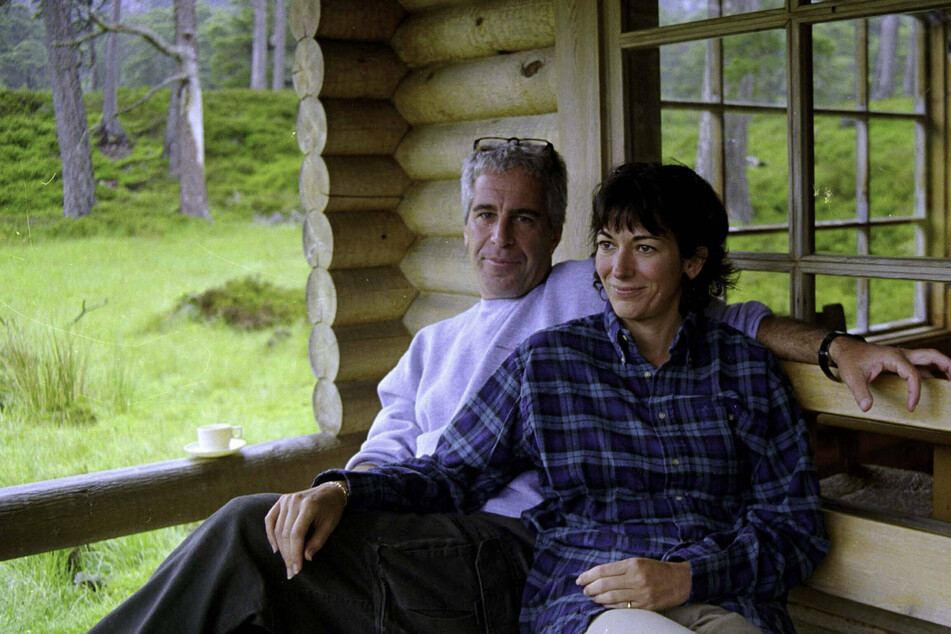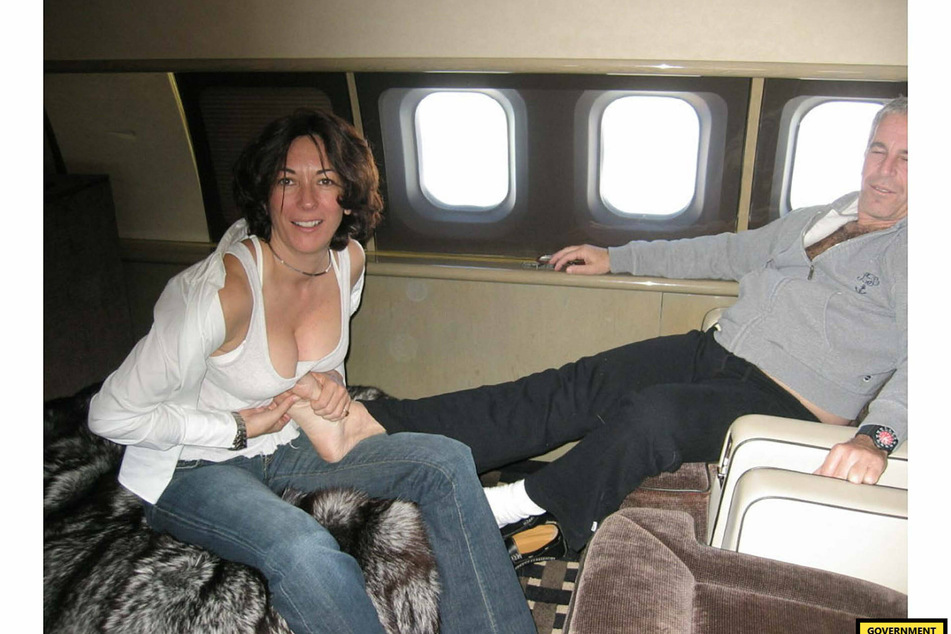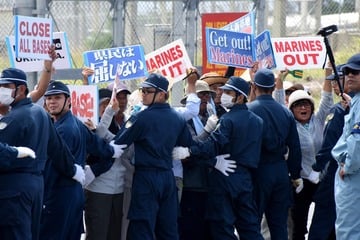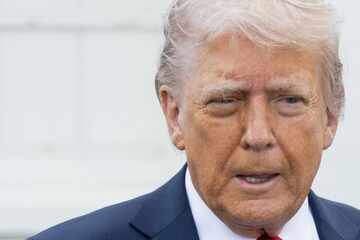Ghislaine Maxwell trial: Six charges, four accusers, one decision for the jury
New York, New York - The biggest challenge in the Ghislaine Maxwell case may not be deciding whether her accusers are credible or even whether the evidence is provable – it will be whether the jury will be able to grasp the complicated criminal counts under which Maxwell is charged.

On Monday, the prosecution and defense summarized their cases against Jeffrey Epstein’s longtime girlfriend and alleged procurer of underage girls, with each side putting its own spin on the various components of the crimes.
Then US District Judge Alison Nathan charged the jury – meaning she explained the underlying elements of the charges that must be proven beyond a reasonable doubt.
Maxwell (59) faces six counts involving four different accusers, and each count carries its own penalty, ranging from five to 40 years. Three are conspiracy counts, two are substantive counts, and one is a sex-trafficking count. The key to the case is making sure the jury understand the elements of each charge.
"This is not a typical indictment," explained Jill Steinberg, a former assistant US attorney and Justice Department official who has handled hundreds of child exploitation cases.
"This is very complicated – so complicated that even a lawyer who doesn’t do this kind of work would have a hard time understanding it."
"Juries are lost when it comes to charges because there is so much legal wrangling that goes into the charges and they are filled with such legalese – it’s devoid of common sense," said Francey Hakes, a former federal prosecutor who specialized in crimes against children.
The Miami Herald asked Steinberg, Hakes, and David S. Weinstein, another former federal prosecutor, to help makes sense of the counts that the jury has to consider and what the jury must agree upon to convict or acquit Maxwell.
Here are the counts.
Counts one to three

- Count one: Conspiracy to entice minors to travel to engage in illegal sex acts. This charge involves the abuse of multiple minor girls from 1994 to 2004. Maxwell is accused of helping to assist, facilitate, and also contributed to Jeffrey Epstein’s alleged abuse of minor girls by recruiting, grooming, and ultimately abusing victims Maxwell and Epstein knew to be under the age of consent.
"This essentially means that they planned it, and she is part of the plan and she helped him plan and carry out the scheme," Hakes said.
Steinberg added: "In a very simple scenario: a bunch of people get together to commit a bank robbery. They plan it, set it up. Someone is going to case the bank, someone will buy a gun, someone is going to drive the car. A week goes by and they go to the bank, but one person drops out at the last minute, and the others rob the bank. Under the law, the person who dropped out is still part of the conspiracy, and all the acts that were planned were in furtherance of a criminal conspiracy. That person is just as guilty as those who executed the crime."
- Count two: Enticement of a minor to travel to engage in illegal sex acts. This charge is known as a "substantive count" and pertains to just one accuser, "Jane" who alleges that Epstein and Maxwell flew her from Florida to New York when she was 14 to engage in sex acts that were in violation of New York state penal code. This means that she was under the age of 17 (the age of consent in New York) when the sex acts happened.
"They have to find, in order to convict Maxwell, that she aided or abetted or committed the offense herself – that she coerced the minor to travel in interstate commerce or that she aided and abetted Epstein in doing that," Weinstein explained.
- Count three: Conspiracy to transport minors with intent to engage in criminal sexual activity.
"This is another conspiracy count, this time to transport minors with the intent to engage in illegal sex acts," Weinstein said. "In other words, it’s what did Maxwell do to get someone [under the age of 17] to get from point A to point B."
Counts four to six

- Count four: Transportation of a minor with intent to engage in criminal sexual activity. In federal law, if you aided and abetted a crime you can be punished exactly as though you committed every part of the crime yourself.
"So if she helped Epstein transport this person, it’s as if she did it herself," Hakes said.
- Count five: Sex trafficking conspiracy. This involves acts from 2001 to 2004 in which Maxwell, Epstein and others allegedly agreed and conspired to traffic someone under the age of 18.
"For the conspiracy here, there is agreement between Maxwell, Epstein, and others to traffic the girls – for girls to be brought to him to be paid, criminal agreement and the actions that further it and the payment," Steinberg said. "Sending her lingerie, the giving of gifts proves there is an underlying conspiracy to commit the crime."
- Count six: Sex trafficking of a minor. This is the substantive count related to the conspiracy.
"To be guilty of this count, Maxwell would have to be directly involved and participated in the act of sex trafficking," Weinstein said.
Cover photo: IMAGO / ZUMA Press

